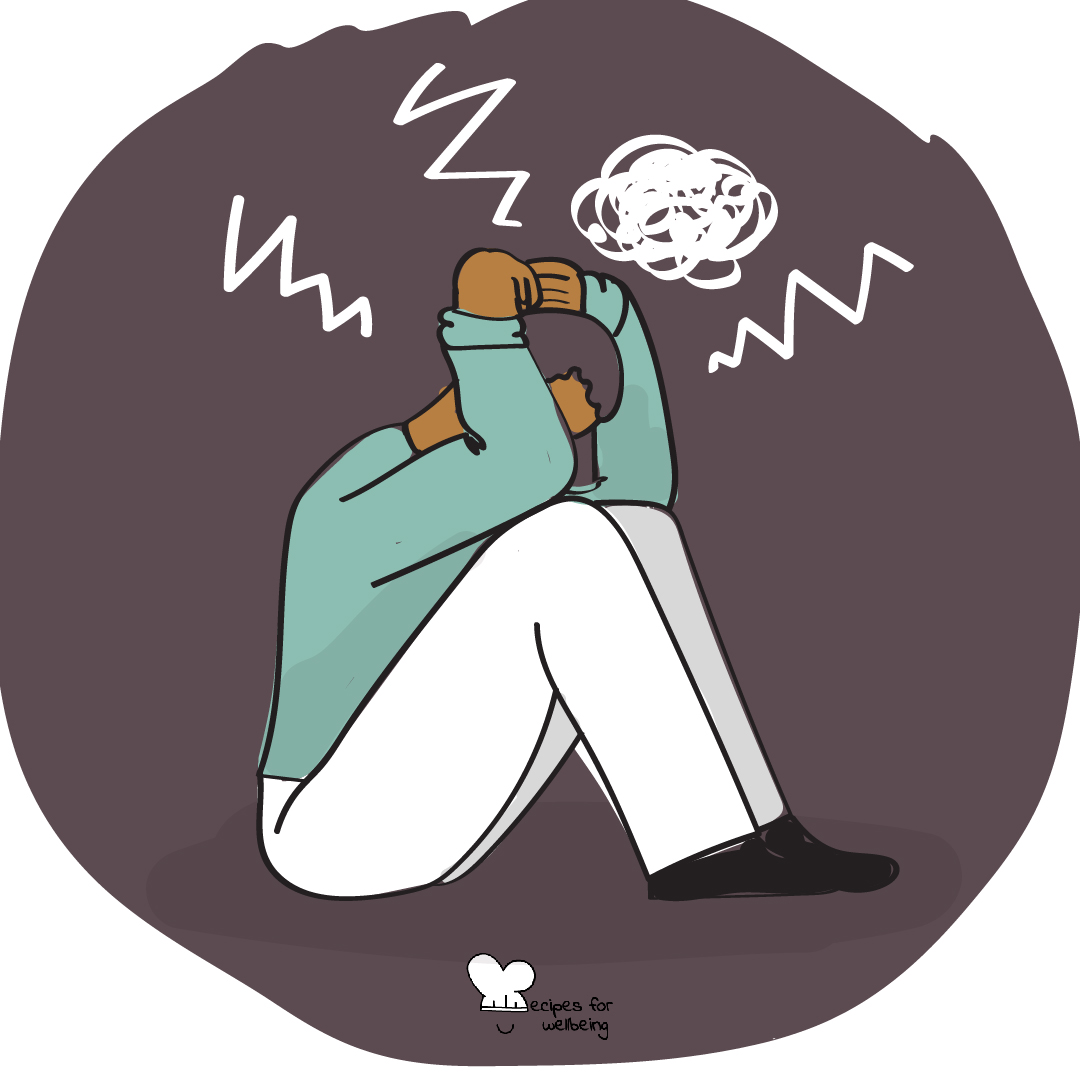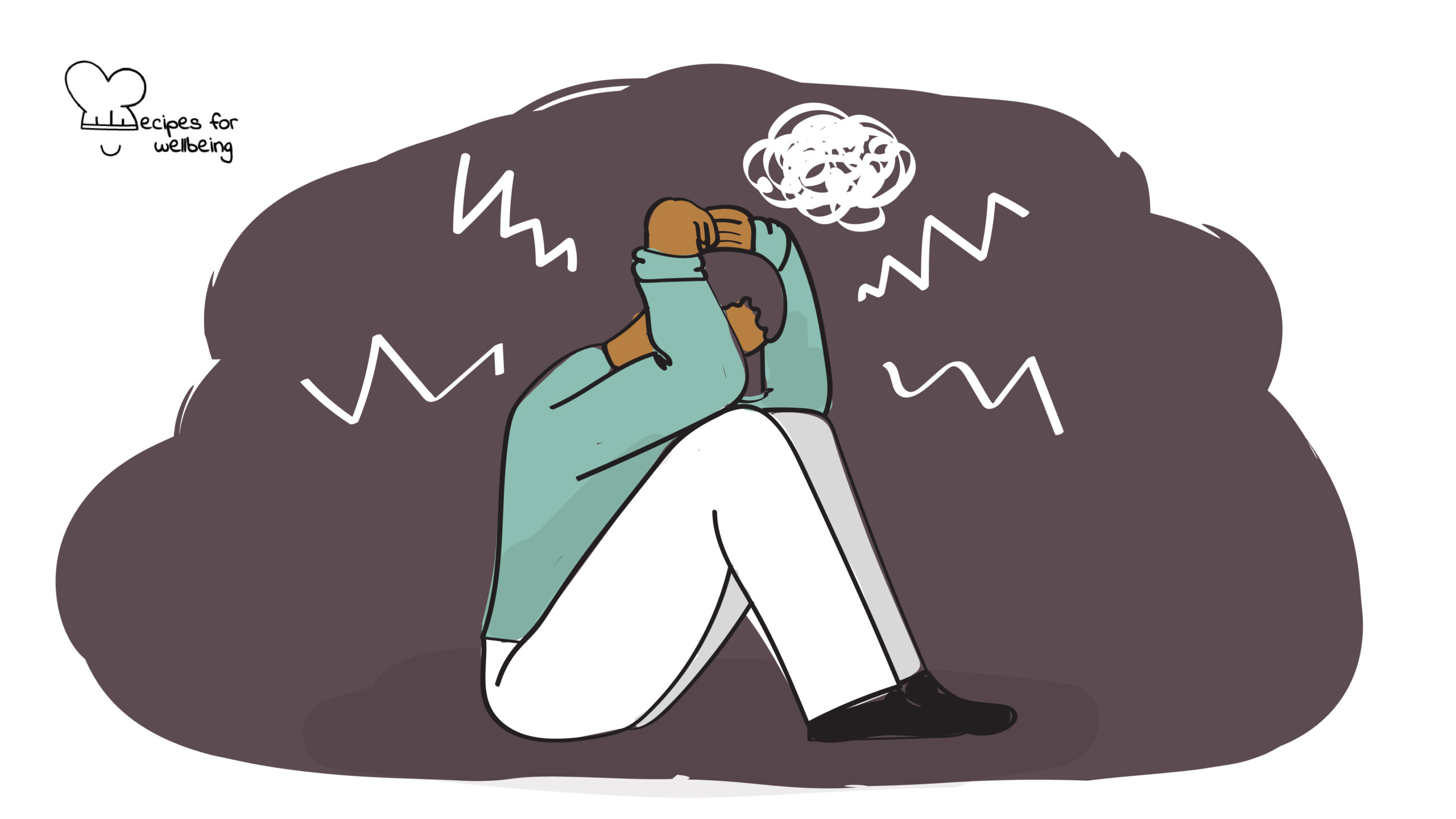
Managing stress
The time to relax is when you don’t have time for it.
👥 Serves: 1 person
🎚 Difficulty: Easy
⏳ Total time: 11-30 minutes
🥣 Ingredients: A quiet place to lie down
🤓 Wholebeing Domains: Awareness, Discomfortability, Positive Emotion
💪 Wholebeing Skills: Acceptance, Breathing, Calm, Centring, Non-attachment, Optimism, Self-regulation, Stress management

Managing stress
📝 Description
Deep breathing practice to reduce stress.
Stress can, if unmanaged, significantly influence the impact of your work, and not always in a positive way. When you are stressed, you may notice that you find it more difficult to concentrate and find clarity, to make decisions and get unstuck, to cope with workload and deadlines… Therefore, understanding how to manage stress is important.
One method that helps reduce the butterflies in your stomach is deep breathing. To get the most from these sessions, practise this short routine on a regular basis.
Thanks to believeperform.com for their help with this recipe.
•••
Important: We shared this recipe as part of our blog post “Wellbeing in the time of COVID-19” because it’s a good method to manage your stress. Naturally, take all needed precautions: for instance, if you practise this with other people, make sure to sit at least 1 metre away from each other to protect yourself and others from getting infected.
This recipe has also been featured in our blog post “A way out of stress: mindfulness” published on tbd* on 11 March 2020.
👣 Steps
Step 1 – Preparation (1’)
Close your eyes and regulate your breathing by starting to feel the centre of your stomach.
Step 2 – Place hands on stomach (1’)
Put both hands on your stomach and feel it go up and down for twenty seconds.
Step 3 – Check your breath (1’)
Control your breathing through your nose and out your mouth. This must be a smooth transition that flows as a rhythm.
Step 4 – Recall positivity (2’)
Think back to your best performance and recall all the positive feelings that you had. During this recall think of all the positive emotions and the impact they had on your body. You should now be relaxed.
Step 5 – Connect with your stomach (1’)
Concentrate on your stomach and feel it go up and down slowly. Try and imagine you are inside your stomach and see how it feels. If it is tight, try and make it relax, imagine you are stroking it.
Step 6 – Bring in colours (1’)
Next, bring some colours into your thinking and make them float inside your stomach. Do this for ten seconds. Now tighten the muscles in and around your stomach and relax them after ten seconds. Reintroduce the colours into your stomach for ten seconds and see how you feel.
Step 7 – Relax (4’)
For the final 3-5 minutes imagine you are at the seaside, the sun is out, the sea is calm and you are relaxing in the sand. Keep this in your mind and smile.

